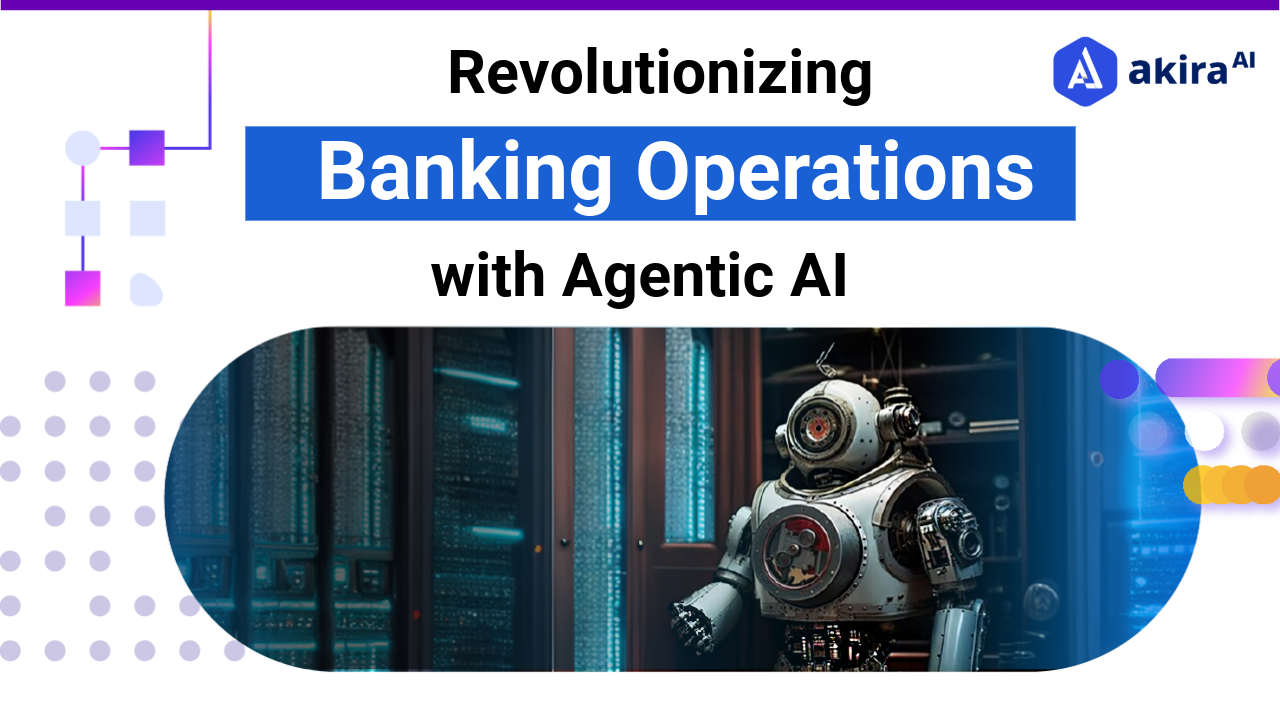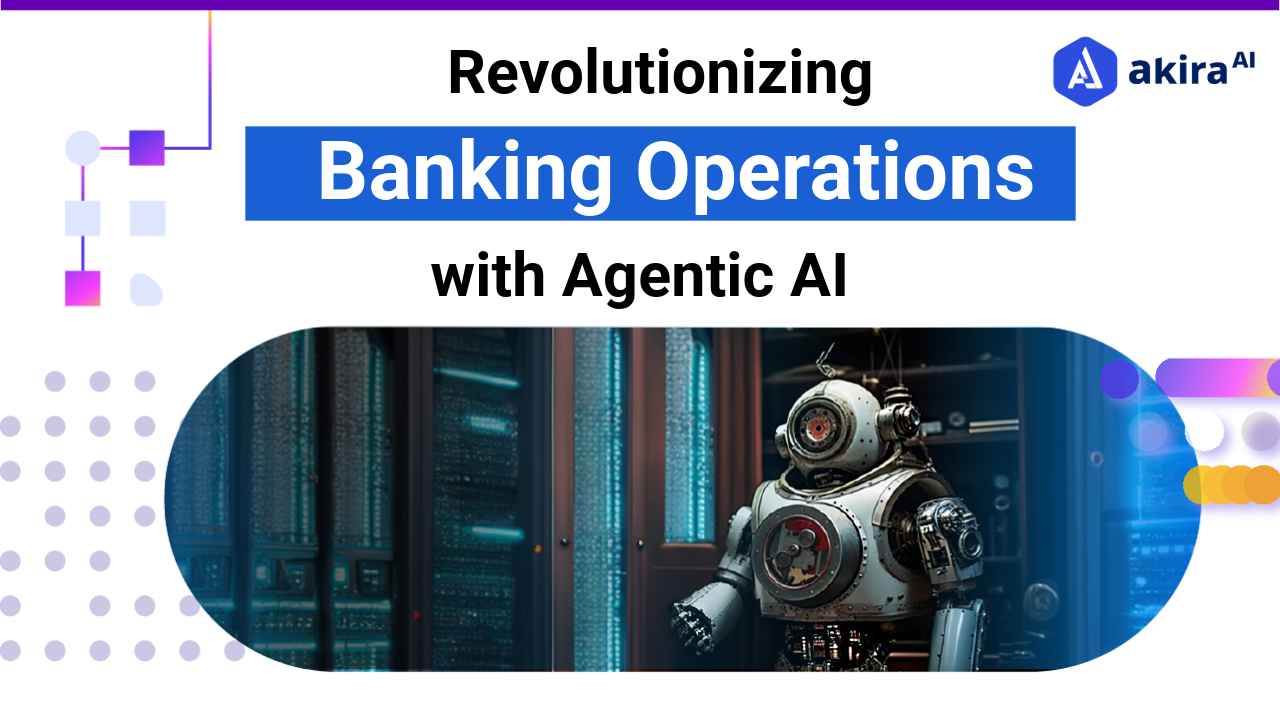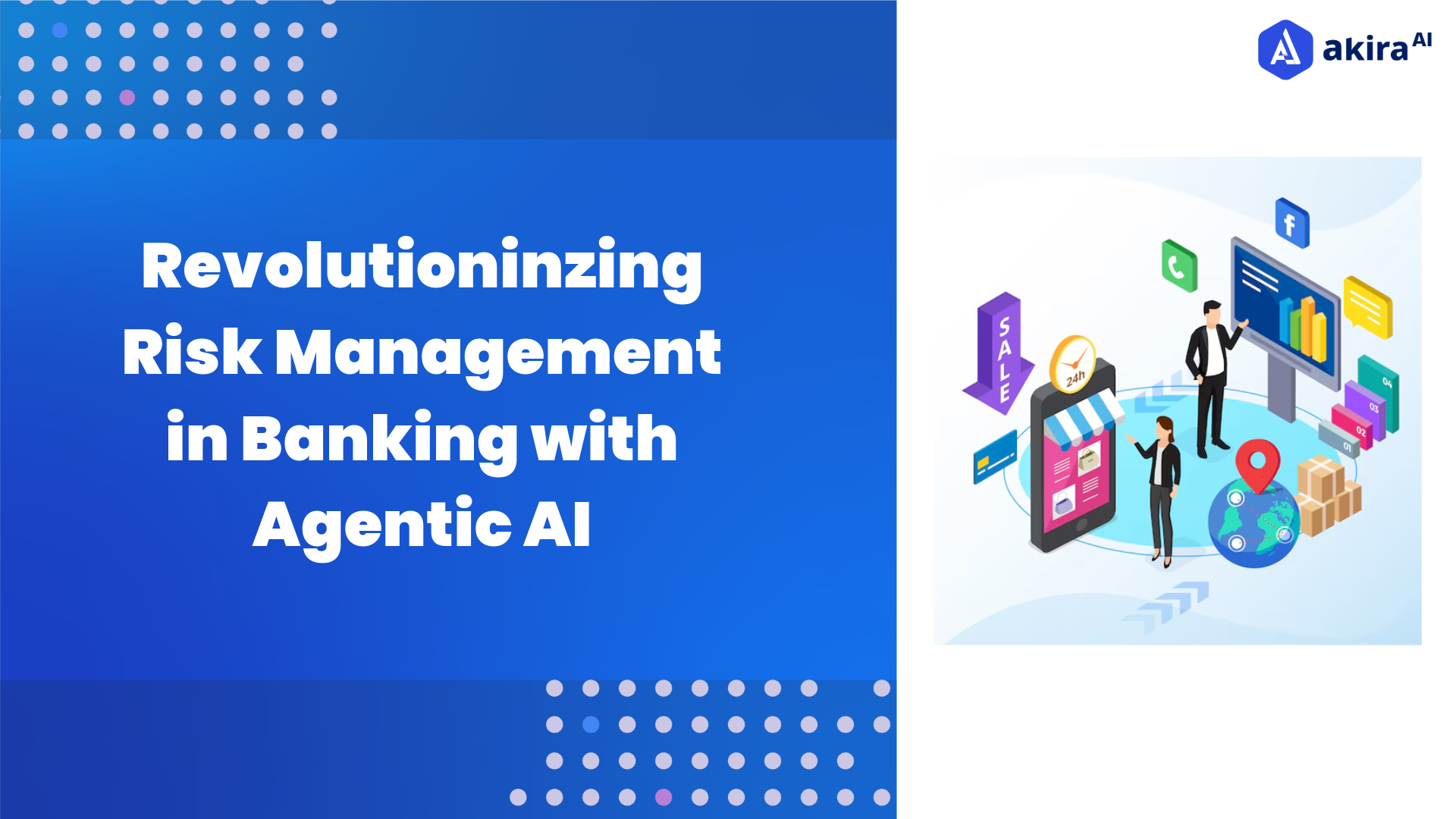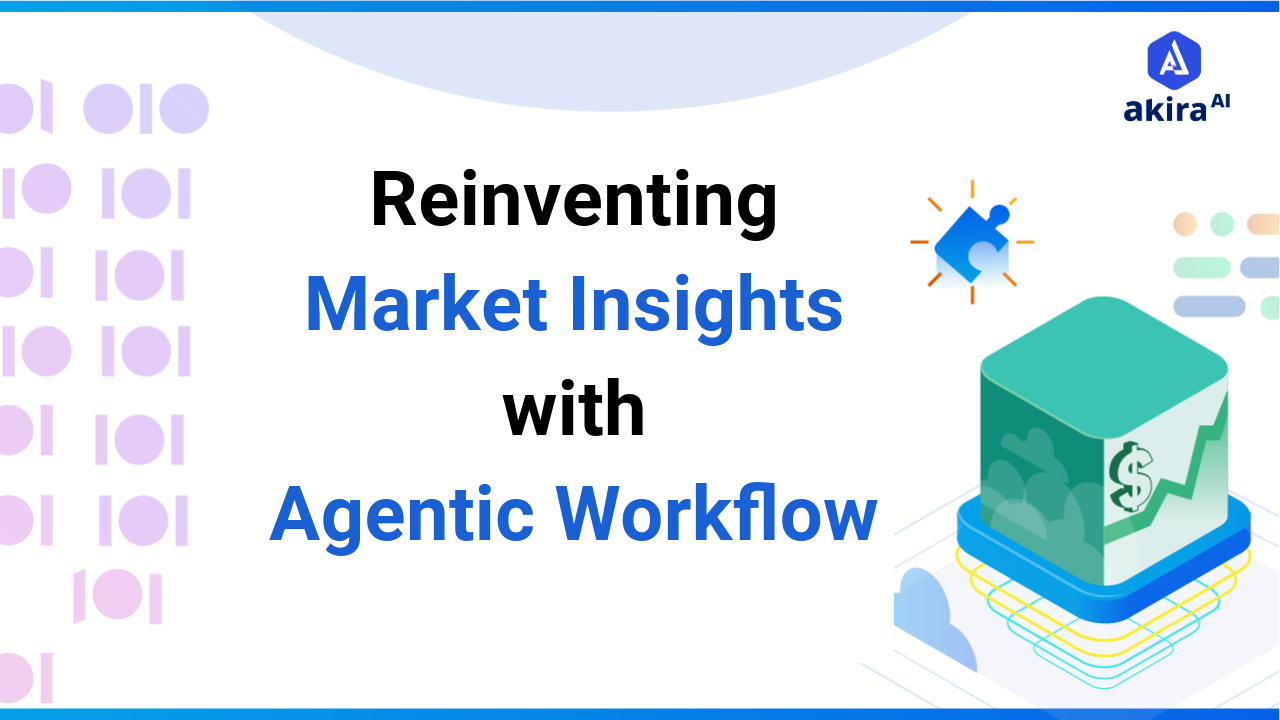Key Insights
-
Agentic AI is revolutionizing banking by automating processes and enhancing customer engagement.
-
Enables real-time decision-making for improved operational efficiency.
-
Strengthens risk management and fraud detection with advanced AI capabilities.
-
Utilizes predictive analytics and data integration to optimize banking operations.
-
Enhances customer relationships through personalized services and insights.
-
Drives innovation and growth, shaping the future of the banking industry.

Steps for Banks to Get Agentic AI-Ready
Assess Existing Systems: Examine existing applications in an orderly fashion and find out in what area the organization would be able to use artificial intelligence.
Invest in Training: Train the staff about the implemented AI technologies and how they will be used to eliminate possible resistance from the staff and to get the most out of the AI systems. Thus, training should include information about AI itself, as well as possible implications for customer focus and organization optimization.
Data Management: The organization must develop standard data management methods to ensure that its data is credible, easily accessible, and meets legal requirements. Data management refers to the standards that govern data to ensure the data used by AI systems is correct and protected.
Pilot Programs: Banks should scale it into small pilot projects for tasks or functions to determine its implementation. The application of AI technologies in the banking sector is a new and untested concept, meaning that pilot programs are the best approach as they contain a bank's risk exposure in trying to implement such concepts in the industry.
Collaborate with AI Experts: Research AI systems and AI-supporting services most appropriate for banking and work with the vendors and providers. Engaging outside help will help speed up the process and guarantee that these innovations are the most efficient that banks can use.
How Does an Agentic AI Solution Power Akira AI's Empower Banks?
-
Augmented Decision-Making: When it comes to decision-making, Akira AI provides bankers with information and suggestions in real-time so that they can make sound decisions in the shortest time possible. This capability helps to improve their timely reaction to needs and changes in the market environment.
The information obtained from Akira AI may range from predictions, risks, and potential customer trends that bankers will be able to access without having to search from everywhere.
-
Automation of Routine Tasks: Centralized analysis puts together as much of vertical workflow as possible — input of goods, back-office completion, production of reports which gives bankers occasion to engage in other, more important projects and adds effectiveness and joy to the workplace.
It reduces the number of human errors experienced in the provision of services, particularly in situations where an individual would be performing a relentless activity.
-
Enhanced Customer Insights: Akira AI deciphers customers’ behavior and choice patterns to help bankers deliver solutions that are unique and relevant to each of them. Analyzing customers’ requirements increases the quality of relations between them and bankers, so it is possible to offer individual services that contribute to trust.
-
Improved Collaboration: Using Akira AI, the cooperation of organizational members is smooth, and this leads to improved efficiency to increase productivity. It also eliminates compartmentalization of ends within the organization since information gets shared allowing different teams to cooperate.
Future Agentic AI Trends in Banking
-
Hyper-Personalization: Agentic AI will help banks personalize their products and services even more deeply to meet customer needs. This will be done by leveraging artificial intelligence in analyzing great volumes of data and coming up with a personalized product presentation that is useful to the customers.
-
Integration of Blockchain: Applying both AI and blockchain technology with the transactions will improve security and increase trust among consumers. This might dramatically change the way banks work with transactions.
-
Regulatory Technology: Agentic AI will help in compliance by streamlining the way, it will assist in compliance with numerous elaborate legal requirements and minimize business hassles. This will be important because the requirements for regulation are likely to become more stringent in the future.
-
Increased Customer Autonomy: When Agentic AI develops more and more, they will pay more and more attention to using Artificial Intelligence to handle their financial business and make more decisions independently. Customers are likely to desire or anticipate greater decisional control over their finances, and AI is likely to enhance this freedom.
-
Agentic AI-Enhanced Cybersecurity: Agentic AI will further enhance cybersecurity and assist banks as they protect themselves from new and complex threats. Machine learning about the flow of traffic can depict possible security threats quickly enough to assist banks in mitigating threats.
Conclusion: Banking Operations
The banking sector, in the coming future, will be centered on personalization, efficiency, and trust shaping a more transparent, and customer-centric banking into the coming future. This is best illustrated by the profound potential of Agentic AI to reinvent industrial scale financial services in ways that maybe more effectively speak to the needs of modern consumers than anything seen before.




